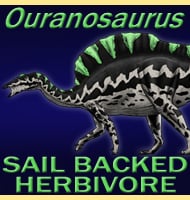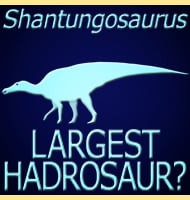Ligabuesaurus
In Depth Ligabuesaurus is a genus of titanosaurid dinosaur that lived in Argentina towards the end of the early Cretaceous. Ligabuesaurus was named in honour of Dr Giancarlo Ligabue, while the type species L. leanzai was named in honour of Dr. Hector Leanza, the geologist who discovered the holotype specimen. Further Reading - Ligabuesaurus leanzai … Read more

